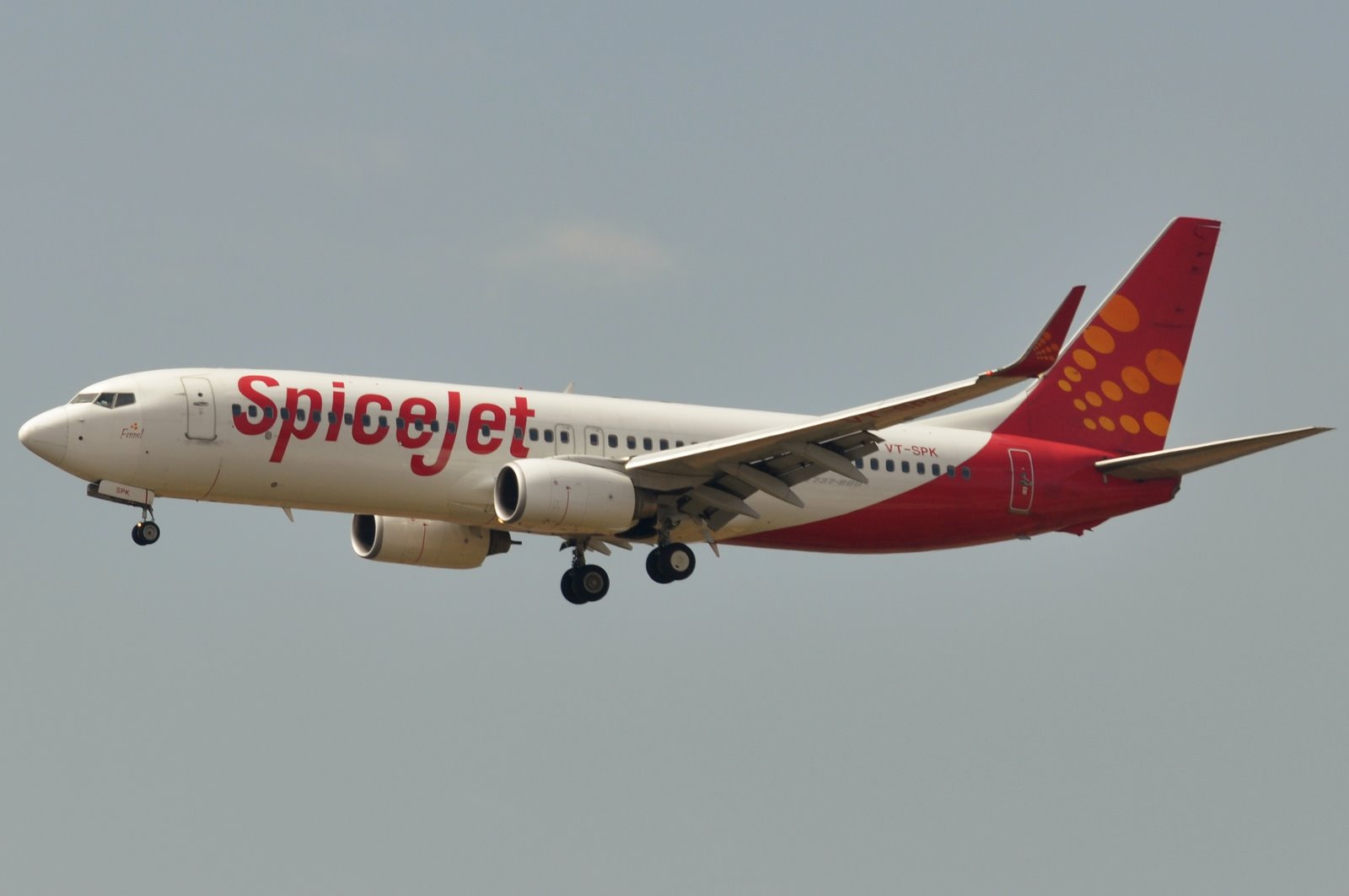
How do airlines manage costs effectively? Airlines juggle numerous expenses, from fuel and maintenance to staff salaries and airport fees. Fuel costs often make up the largest chunk, so airlines use fuel-efficient aircraft and hedge fuel prices to save money. Maintenance is another biggie; regular checks and preventive measures keep planes in top shape, avoiding costly repairs. Staffing costs are managed through strategic scheduling and sometimes outsourcing. Airport fees are negotiated to get the best deals. Dynamic pricing helps maximize revenue by adjusting ticket prices based on demand. Lastly, loyalty programs encourage repeat business, which is cheaper than acquiring new customers.
Key Takeaways:
- Airlines manage costs through fuel hedging, labor optimization, and technology. External factors like regulations and economic conditions also impact expenses, requiring strategic adjustments.
- Technology, route optimization, and dynamic pricing help airlines stay competitive. However, external factors like geopolitical events and economic conditions can disrupt cost management efforts.
Understanding Airline Cost Management
Airline cost management is a complex and fascinating topic. Airlines must balance numerous factors to stay profitable while providing safe, reliable service. Here are some intriguing facts about how airlines manage their costs.
-
Fuel Costs Are a Major Expense
Fuel can account for up to 30% of an airline's operating expenses. Airlines often hedge fuel prices to protect against price volatility. -
Labor Costs Are Significant
Pilots, flight attendants, ground crew, and administrative staff contribute to labor costs, which can make up 20-30% of total expenses. -
Maintenance Costs Are Essential
Regular maintenance ensures safety and compliance with regulations. These costs can vary but are crucial for operational reliability.
Strategies Airlines Use to Manage Costs
Airlines employ various strategies to keep expenses in check. These methods help them stay competitive and profitable in a challenging industry.
-
Fleet Optimization
Using fuel-efficient aircraft and standardizing the fleet can reduce maintenance and training costs. -
Route Planning
Optimizing routes to maximize passenger load and minimize fuel consumption helps airlines save money. -
Dynamic Pricing
Adjusting ticket prices based on demand and competition allows airlines to maximize revenue.
The Role of Technology in Cost Management
Technology plays a vital role in helping airlines manage their costs. From booking systems to in-flight services, tech innovations are key.
-
Automated Systems
Automated check-in and baggage handling systems reduce labor costs and improve efficiency. -
In-Flight Wi-Fi
Offering Wi-Fi can generate additional revenue and improve customer satisfaction, offsetting some operational costs. -
Predictive Maintenance
Using data analytics to predict when maintenance is needed can prevent costly repairs and downtime.
External Factors Affecting Airline Costs
Several external factors can impact airline costs, often beyond the control of the airlines themselves.
-
Regulatory Compliance
Meeting safety and environmental regulations can be costly but is essential for legal operation. -
Economic Conditions
Economic downturns can reduce travel demand, affecting revenue and necessitating cost-cutting measures. -
Geopolitical Events
Events like wars or political instability can disrupt routes and increase security costs, impacting overall expenses.
Final Thoughts on Airline Cost Management
Airline cost management is a complex yet fascinating aspect of the aviation industry. From fuel expenses to staff salaries, every detail counts. Efficient management can mean the difference between profit and loss. Airlines constantly seek innovative ways to cut costs without compromising safety or service quality. Understanding these strategies helps us appreciate the effort behind every flight. Next time you board a plane, remember the intricate planning involved. It’s not just about getting from point A to B; it’s about doing so efficiently and safely. This knowledge gives a new perspective on air travel, highlighting the importance of cost management in keeping the skies friendly and affordable. So, next time you fly, think about the behind-the-scenes work that makes it all possible. It’s a balancing act that keeps the aviation industry soaring high.
Frequently Asked Questions
Was this page helpful?
Our commitment to delivering trustworthy and engaging content is at the heart of what we do. Each fact on our site is contributed by real users like you, bringing a wealth of diverse insights and information. To ensure the highest standards of accuracy and reliability, our dedicated editors meticulously review each submission. This process guarantees that the facts we share are not only fascinating but also credible. Trust in our commitment to quality and authenticity as you explore and learn with us.


